Senses are the tools with which every living thing interacts with the world. Each species is different in the tools they have and the difference this means in their perception of the world around them, even while we share the same space. An explanation of this experience can be found at the recent exhibit at the American Museum of Natural History in New York City, called “Our Senses: An Immersive Experience". 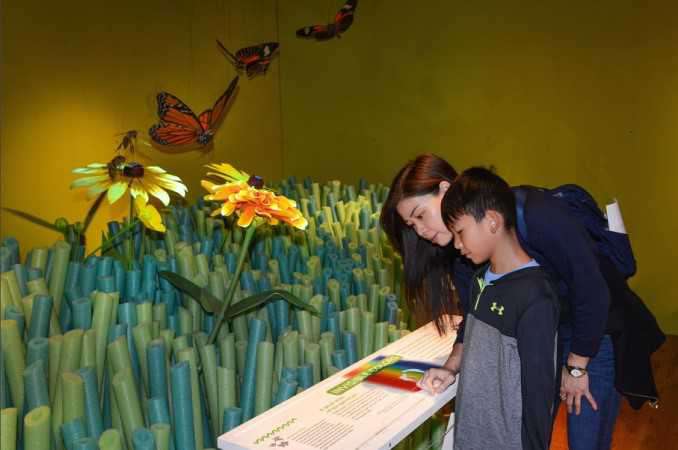
Our dependence on our senses is involuntary and second nature to us, after several centuries of adapting to the sensory-neural interplay that helps us recreate and understand the world we live in. Along with the basic senses – sight, sound, taste, smell, and touch – this exhibit introduces a sixth sense – balance, challenging visitors to re-imagine the world they thought they knew and re-experience it in an entirely new way.
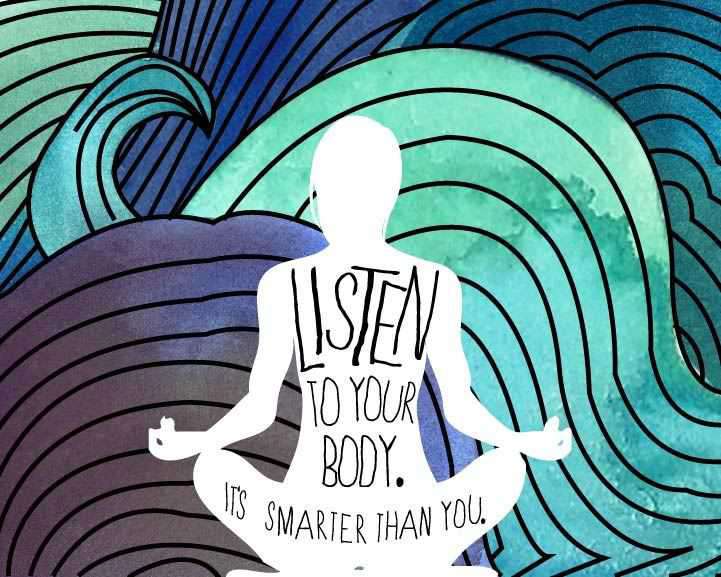
The uniquely experiential exhibit uses optical illusions, changing lights, smells and more to challenge the trust people place in their own senses. The aim of this experiment is to show visitors that what they perceive may not always be what is actually occurring around them. For example, visitors can explore how sight is affected by a change in light's colour or wavelength, find their balance in a room with walls that shift our sense of sight or try to follow the sound of a single instrument in the midst of an orchestral soundscape.
In addition to investigating how our senses operate, and opening our eyes, quite literally to the many layers of our world, the exhibit offers a peek into where our senses could take us, albeit with some help.
Though in many ways our senses fall short of those of another living being with whom we share our world, it has increasingly become possible for us to extend the reach of our senses with technology. As exhibited even at the museum, such installations as a scanning electron microscope enable our naked human eye to peer at the elaborate structures in a mosquito's foot, which are otherwise quite invisible.
Other examples include gazing at ancient supernovas and distant exoplanets with powerful telescopes or exploring the deep spaces of the universe to discover new worlds. Humans can also now begin to understand the differences between our own species and other animals in the ways in which we use our senses and the enriching lives we lead due to them.

 Can Eating Too Much ..
Can Eating Too Much ..
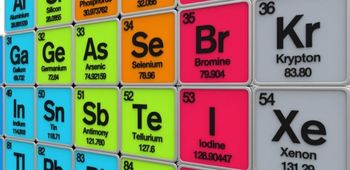 IUPAC Names Of 4 New..
IUPAC Names Of 4 New..
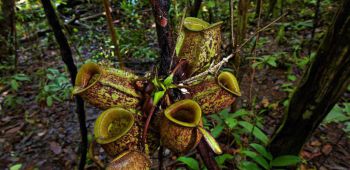 Do Plants Gamble?..
Do Plants Gamble?..
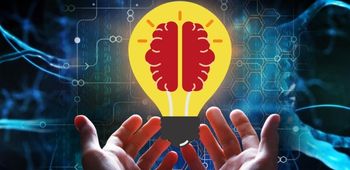 Weighing A Thought..
Weighing A Thought..
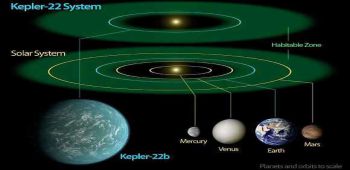 Second Solar System ..
Second Solar System ..
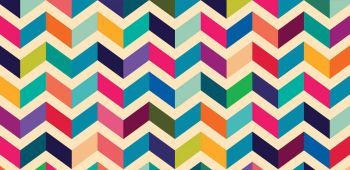 Seeing Zig-zag In Pl..
Seeing Zig-zag In Pl..
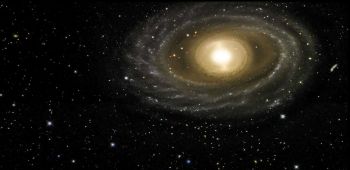 Dark Energy: The Inv..
Dark Energy: The Inv..
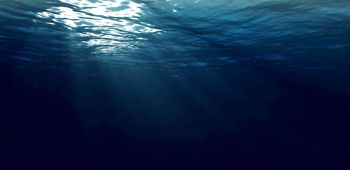 Going Deep In The Ma..
Going Deep In The Ma..
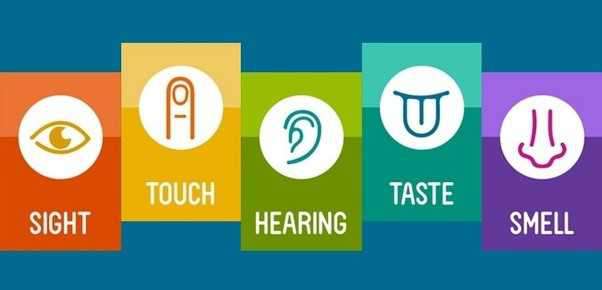

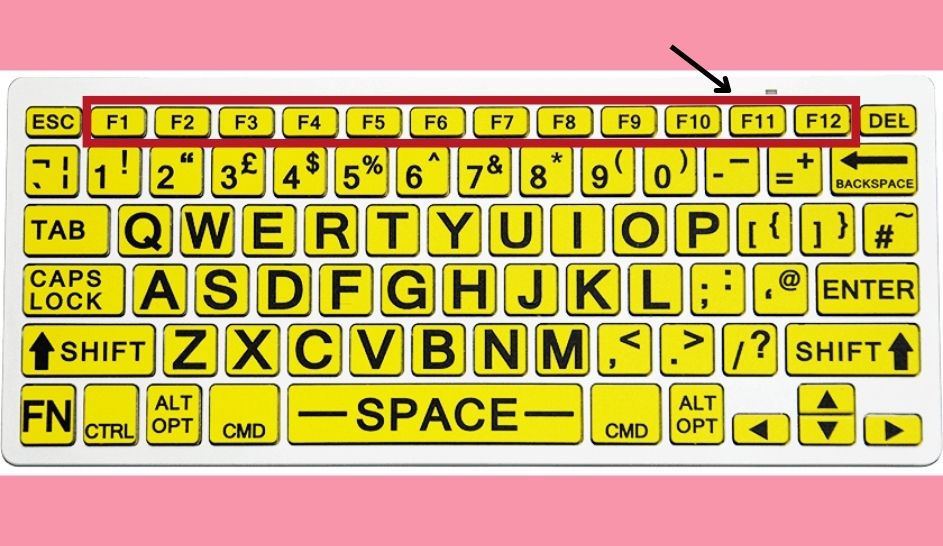



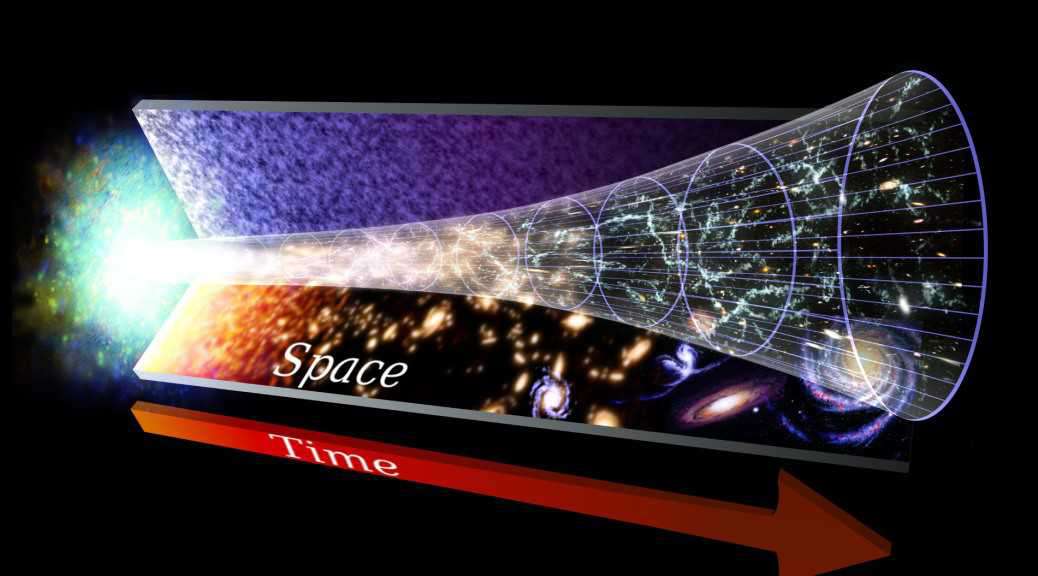












Comments